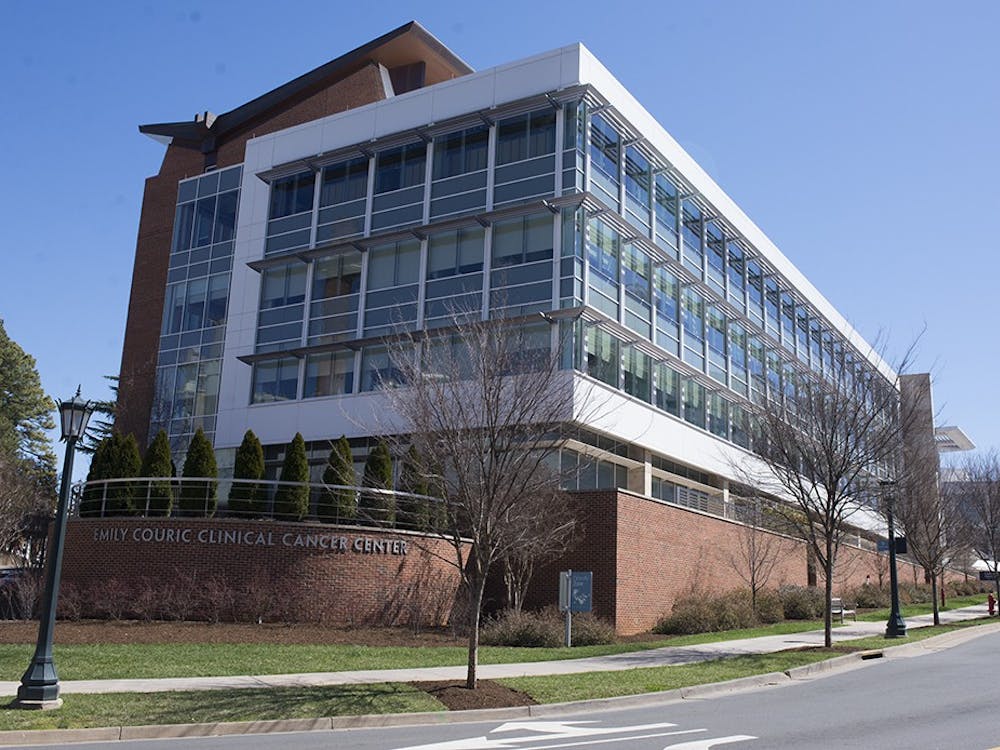Last month, 4-year-old Nicholas Volker became the first child whose life was, arguably, saved by using DNA sequencing technology. Because of an inherited, recessive genetic mutation, Volker had suffered from a previously unheard-of immune disease since the age of 2. Eating food caused his immune system to attack his digestive tract. Unusual holes called fistulae formed between his intestine and skin, and feces leaked into a large wound in his abdomen.
Doctors from the Children's Hospital and Medical College of Wisconsin, a pediatric gastroenterologist and Volker's primary care physician tried everything they could think of, but "he basically failed every single medical, surgical and nutritional approach," gastroenterologist Subra Kugathasan told the Milwaukee-Wisconsin Journal Sentinel. The doctors decided to pursue genome sequencing, an approach that had been predicted to enter the medical world only several years in the future.
Although modern DNA sequencing is a relatively new technology - it is less than 30 years old - the procedure is already "revolutionizing the medical world," said third-year College student Christine McCord, who worked in molecular genetics at the Cincinnati Children's Hospital last summer and has been able to see the positive effects as well as the future of DNA sequencing. "The addition of more and more genetic tests means knowing the location of particular genes and specific mutations, which allows doctors to not only identify but better treat diseases."
The term itself refers to particular methods for determining the specific order of the nucleotide bases found in human DNA: adenine (A), guanine (G), cytosine (C) and thymine (T). The sequence of DNA is responsible for heritable genetic information, which acts like instructions for the development and maintenance of all living organisms.
"DNA sequences are information, so what makes that mine or yours is difficult to define," said Asst. Biology Prof. Melissa Henriksen, who is conducting research about the mechanisms of gene expression. "The order of As, Ts, Cs and Gs is what makes [the sequence] unique."
A genetic mutation is a permanent change in the DNA sequence making up a particular gene and, as in Volker's case, can be inherited. Genetic code is often compared to the letters in a sentence - for example, "Tom ate an apple" - and these mutations can be like changing, adding or deleting a letter in the sentence so it no longer "makes sense." Volker's illness occurred because one base was substituted for another. Using the previous example, this substitution mutation could change the sentence to "Tom ate at apple." The sentence - and genetic code - now has a different meaning, which means the DNA sequence is coding for a different protein and may lead to debilitating diseases.
Howard Jacob, head of the Human and Molecular Genetics Center at the Medical College of Wisconsin, was responsible for the hefty undertaking of sequencing the coding portion of Volker's genome, the complete collection of hereditary information in one organism or species.
Examining Volker's DNA, Howard and his team discovered the base substitution that created a defective protein. This protein caused Volker's immune system to attack his digestive system and gave him the incurable symptoms he was experiencing. Their discovery was the first diagnosis stemming from sequencing the genome of one patient.
Using personalized genome sequencing in medicine as part of diagnoses and disease prevention has been a goal of the Human Genome Project since it began. Nevertheless, there are general ethical concerns associated with the procedure.
"If [the disease found] is not rare like [Volker's], treatments will evolve from the research and questions come up like, 'What should be the donor's role in the treatment?'" Henriksen said.
Although genetic screening is already used in medicine, whole genome sequencing for the individual patient brings forth additional concerns. Screening differs from genome sequencing in that only select genes are sequenced as opposed to the individual's entire DNA.
"The ethical standards already in place for genetic tests are generally good where they are; that field has a good handle on ethics already," Henriksen said. "[But] whole genome [sequencing] gives you things you weren't looking for and [the patient] might not want to know the whole story or may only want to know after age 60, for example, with something like Alzheimer's."
The Human Genome Project website cites privacy, just use of the genetic information, psychological impacts, quality control and reproductive rights as possible ethical and social issues that may arise from increased genome sequencing.
"Informed consent is the answer to these [ethical] issues," Henriksen said. "The person must be aware of the intended use of their DNA sequence. It is hard on both parties because the scientist doesn't always foresee what they will do with the results."
As Henriksen concluded, "People should have the opportunity to be involved in understanding their genome"






